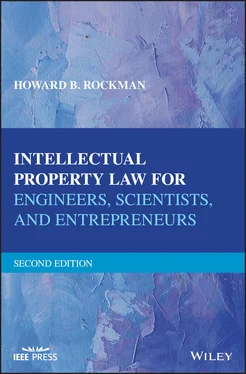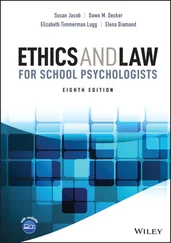Regarding personal jurisdiction, the court has jurisdiction over persons who have had sufficient contacts with the state, as long as the exercise of jurisdiction does not offend traditional notions of fair play and substantial justice, whether the persons are residents or not. For example, assume a company or individual is doing business on the Internet offering items for sale worldwide. Even though the Internet‐using company is lodged in one building in one state, the mere fact of offering goods over the Internet throughout the country will give a court in another state jurisdiction over that person or company and that business, even though that person or company has never been in the state in which the action is brought.
The courts initiate their jurisdiction by serving the accused person with a summons, or other legal process. A witness is served with a subpoena to compel the appearance of that witness before a court. Summonses and subpoenas can be served in person or by mail.
Jurisdiction of courts may also be limited as to the type of cases they have authority to adjudicate. For example, under many state systems, criminal courts do not handle civil matters. In the federal system, federal district courts handle civil, equity, and criminal matters. For example, in one state court case in which I was participating, our civil matter was interrupted by the return of a jury in a criminal matter, and momentarily I had two gentlemen standing next to me in prison clothes, their feet and hands shackled, while the judge was answering a question posed by the jury in their case. When these gentlemen returned from whence they came, I asked someone who they were, and I was advised that they had killed a rather elderly lady by stabbing her several times and stuffing her body into a freezer. I felt momentarily uncomfortable, to say the least!
SECTION II Patents
INVENTORS AND INVENTIONS
Charles Goodyear
VULCANIZATION OF RUBBER
Charles Goodyear was born in New Haven, Connecticut, in December 1800, and eventually entered the hardware business with his father. However, their hardware business failed in 1830, forcing father and son into bankruptcy. At that time, natural or “India” rubber had little usefulness to industry. Rubber products melted in hot weather, froze and cracked after becoming brittle in cold weather, and stuck to virtually everything they came in contact with.
After the failure of the hardware business, Goodyear tried selling a valve for rubber life preservers, but the rubber market was going down because of rubber’s aforementioned drawbacks. Hence, Goodyear decided he should try to revive the failing market. He began his research in jail, where he was serving time because of debt. In jail, Goodyear worked with rubber and a rolling pin for hours at a time.
Rubber, being a natural adhesive, was very sticky, so after being freed from jail, Goodyear decided to use a powder to dry out the rubber. He started with magnesia powder that he purchased at drugstores. The added magnesia made the rubber less sticky, and, armed with this improvement, he received some backing from a friend to make rubber overshoes. Before he could market them, however, summer arrived, and the shoes melted.
Goodyear started adding quicklime to his mix, and, at a trade show in New York, he was awarded a medal for his work.
One day in 1836, while working with rubber, he began to run low on samples, so he decided to melt down and reuse old rubber. By this time, Goodyear had started painting his samples, so he used nitric acid to remove the old paint, but the rubber turned black and he decided he could not use it. A day or so later, Goodyear noticed that the sample was smooth and dry, so he retrieved it from trash and started working with this new improved smooth rubber. He obtained more money based on this new rubber, but, after a vacation with his family, he returned to his nitric acid–treated rubber and found it was still the soft glue that it always was. By 1839, Goodyear was still experimenting, now using sulfur. One day, while showing off his new rubber formulation and getting nothing but laughs, he became furious, and the rubber slipped out of his hands, landing on a sizzling‐hot potbellied stove. Instead of melting the rubber, it charred into a leather‐like substance and around the burnt area was a springy brown part or “gum elastic.” Goodyear observed that heat was required to cure or strengthen a rubber–sulfur compound. This changed the rubber into an almost completely new substance. Goodyear had invented waterproof rubber, through what he called the “vulcanization” process.
Goodyear still needed to know how long to cook his rubber. This was the hardest time for Goodyear and his family as he spent even more time trying out heating techniques. He was forced to sell most of his family’s possessions, but then he finally found that steam, under pressure, applied for 4–6 hours at approximately 270°F, gave him the most uniform results. In 1844, Goodyear obtained a patent on his vulcanization process after spending 5 years developing the process. Vulcanization is a process in which sulfur reacts with carbon–carbon double bonds in the rubber to form “bridges” of sulfur atoms that cross‐link the molecules.
As you might expect, the principal use of Goodyear’s process is in the manufacture of tires, hoses, and footwear. Goodyear’s unique process strengthened rubber, made it resistant to heat and cold, and ultimately revolutionized the rubber industry. However, Goodyear was unable to profit financially from his discovery, although he did license his process. His numerous patents were continually infringed upon, and he spent large sums of money on unsuccessful businesses, costly experiments, and attempts to promote his process. The company that bears his name today was founded many years after Charles Goodyear’s death. He was able to establish his rights legally, but died in 1860 a poor man.
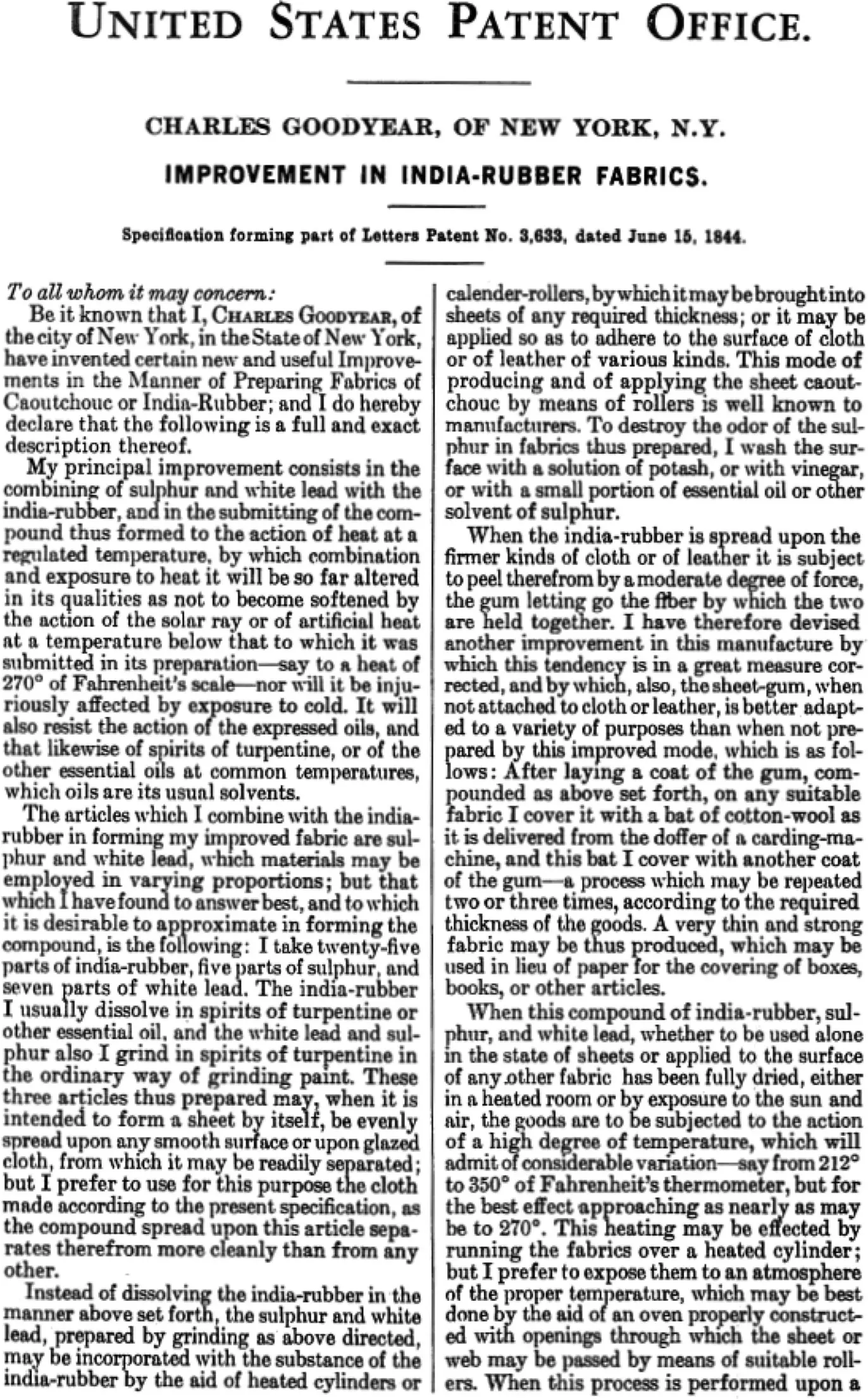
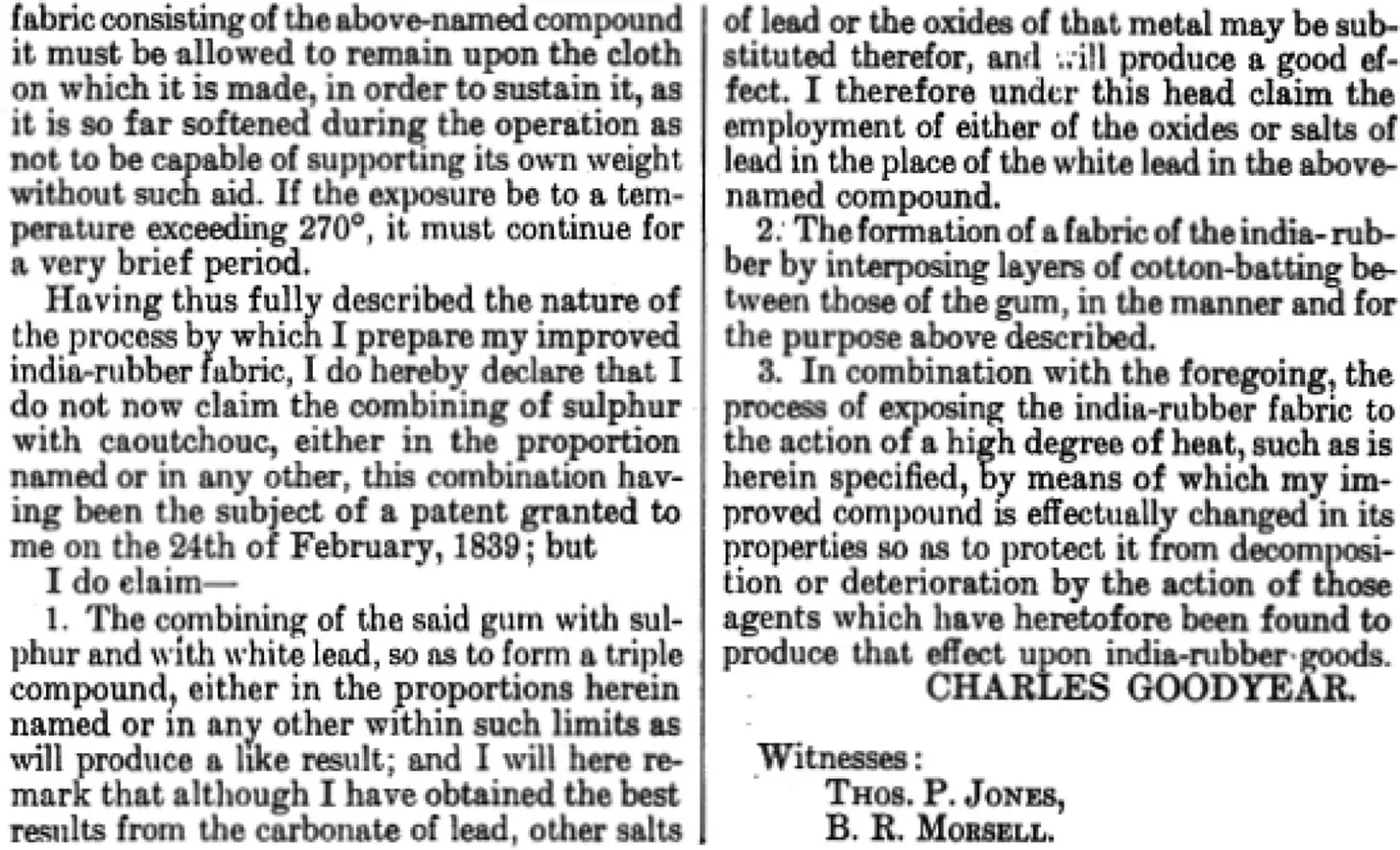
INVENTORS AND INVENTIONS
John Boyd Dunlop
PNEUMATIC VEHICLE TIRES
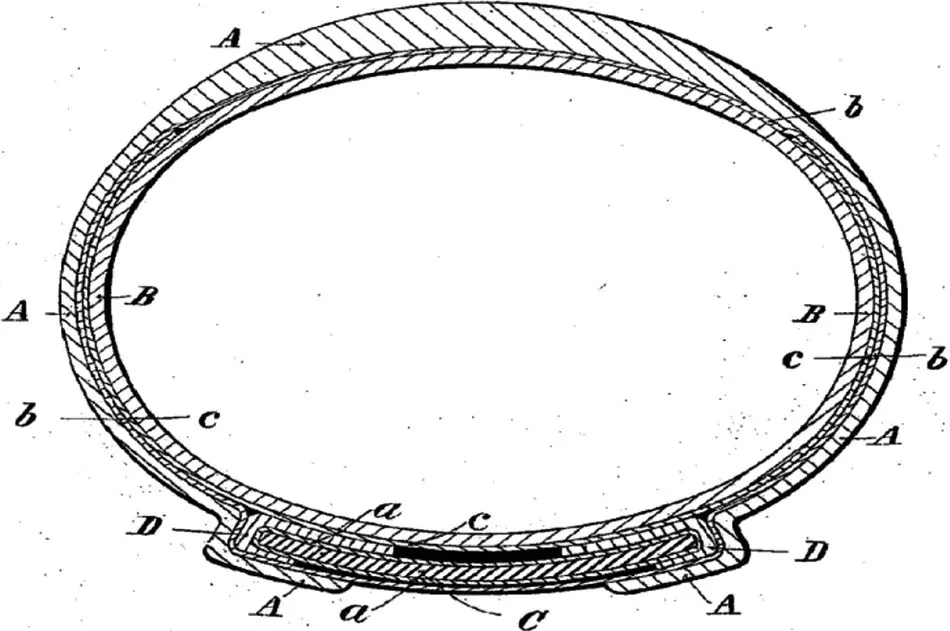
The wheel was invented around 3500 BC. Thousands of years later, the wheel is no longer made of wood, and the ride is much smoother. This is because of the pneumatic tire, developed by John Boyd Dunlop from Scotland.
Charles Goodyear invented vulcanized rubber in 1839 when he developed the vulcanization process, which made rubber more pliable and increased its rigidity and durability, allowing rubber to be used for a much wider array of purposes. Soon after the discovery of vulcanization, vehicle tires began to be made of solid rubber, and they were strong, absorbed shocks, and resisted cuts and abrasions. However, these solid tires were very heavy and failed to provide a smooth ride over the rough roads of the day.
In October 1887, John Boyd Dunlop developed the first practical pneumatic or inflatable tire. He put an experimental tire he built on his son’s tricycle in the yard of his home in Belfast, Northern Ireland, after fitting the tire to a wooden disc 96 cm across. He made his first tires by wrapping the solid rubber tires on his son's tricycle with glued rubber sheets, and filled the cavity with air.
Читать дальше
